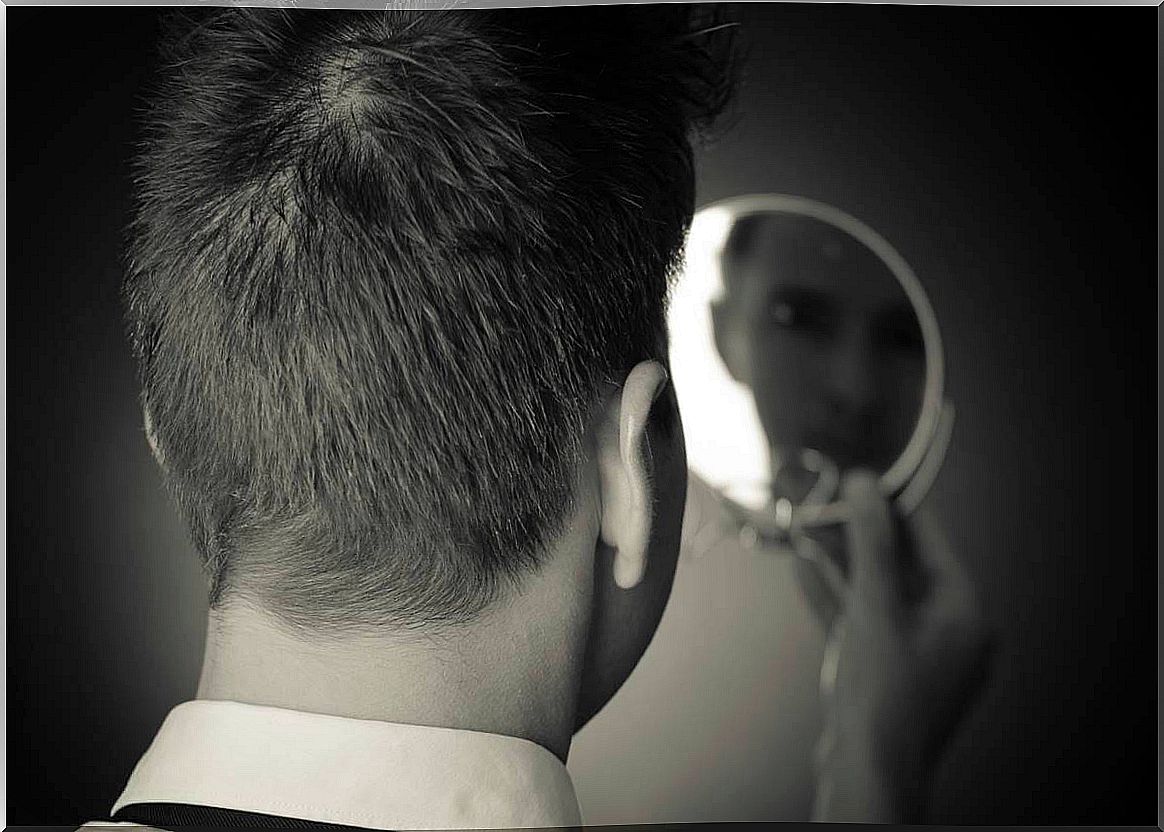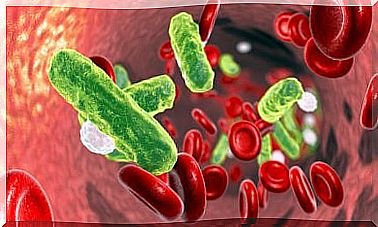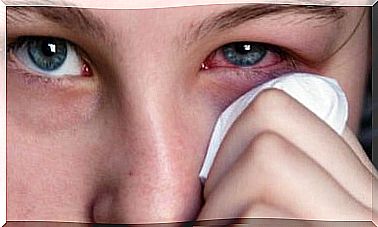Dysmorphophobia: What Does It Consist Of And How To Overcome It?
Have a small scar on the eyebrow and visualize, instead, an unpleasant deformity. Looking in the mirror and perceiving monstrous defects, unpleasant nuances that, in reality, do not exist. Dysmorphophobia defines a somatoform disorder in which the person has excessive preoccupation with a minor or imaginary physical characteristic.
This psychological phenomenon appears frequently in cosmetic surgery clinics. Many men and women come in search of an operation to remedy this “failure” in their appearance, this supposed “abnormality” that prevents them from leading a full and functional life. They are, without a doubt, situations of high wear and tear that diminish the social, work and emotional level.
The prevalence in the general population is estimated to be between 0.7% and 2.3%. Likewise, we cannot ignore a remarkable fact: body dysmorphic disorder is usually behind clinical conditions such as bulimia and anorexia. Let’s dig a little deeper.
What is dysmorphophobia?
Dysmorphophobia is an obsessive disorder that consists of an irrational concern for a defect, which can be real or imagined. The first time this term appeared was in 1891, when the Italian doctor Enrico Morselli described the case of a patient who showed a distorted image of his own body.
Later, as early as 1986, the American Psychiatric Association recognized it as a psychiatric disorder, to be called body dysmorphic disorder (BDD) ever since. In this way, something we must understand about this condition is that we are not dealing with someone vain or with a person who, like anyone else, would like to correct a small physical nuance.
What we have is an absolute obsession for a part of the body in which there is an abnormality that is not always real. This perception also generates such psychological suffering that their social or work performance is affected. Little by little they show other associated disorders, such as phobias, anxiety and even social isolation.

What are your causes?
It is estimated that about 2% of the world population shows the diagnostic criteria of body dysmorphic disorder or dysmorphophobia. Studies, such as the one carried out in the psychiatric clinic of the University of Padova, for example, indicate that today the exact causes that trigger its appearance are not known.
However, a series of aspects are assessed and associated risk factors are also taken into account. They are as follows:
- There is research, such as that carried out at the University of California, which indicates that the origin could be cerebral. It has been observed that these patients process visual aspects in an altered way. This may explain the irrational and unadjusted way in which they see themselves.
- On the other hand, the genetic factor is also noteworthy. If the parents have already suffered or show obsessive compulsive disorder (OCD), there is also a higher risk.
- Also, aspects of the personality such as introversion, perfectionism, low self-esteem, neuroticism and shyness must be considered.
- Having suffered bullying is also a notable factor.
Symptoms of dysmorphophobia
Dysmorphophobia shows a very broad and complex symptomatology. This explains why the body dysmorphic disorder itself often overlaps with other psychological realities, such as social anxiety. Let us, therefore, look at those characteristics that describe the clinical picture.
Cognitive symptoms
- Obsessive thoughts of having a major physical defect.
- To think that everyone is going to observe and reject them.
- Spending a lot of time telling themselves that they will not be able to lead a normal life with that defect, that nothing makes sense with that “horrible” hue in their body.
- Low self-esteem.
- Need to demonstrate absolute perfection to the world.
- Poor and undefined self- concept.
- Suicidal ideation.
Emotional symptoms
- Great discouragement
- Shame.
- Feelings of inferiority.
- Depressive feelings
Behavioral symptoms
- Need for isolation, not to interact or leave home due to defects.
- Dysmorphophobia occurs with work or academic absenteeism, inability to care for or maintain personal relationships.
- Possible appearance of drug use behaviors or other addictions.
- Alterations in feeding.

What therapies help to overcome it?
Dysmorphophobia can be treated and, in general, patients manage to have a good quality of life, leaving aside that obsession, that particularity by focusing on little obvious or nonexistent defects. The way of coping with body dysmorphic disorder starts from two strategies:
- The first is pharmacological: treatment with antidepressants, specifically selective serotonin reuptake inhibitors (SSRIs).
- The second is cognitive-behavioral psychological therapy: thanks to it the patient can detect irrational thoughts, deactivate them and replace them with a more adjusted and positive approach. Aspects such as self-esteem, self-concept, emotional regulation and assertiveness are also worked on. Cognitive restructuring will allow them to modify mental distortions to gradually introduce more accurate ideas, reasoning and behaviors.
Dysmorphophobia requires professional help
Dysmorphophobia ends with many people resorting to surgery to correct unimportant or unimportant details. What is clear is that neither operations are the solution, since soon there is a new obsession with another part of the body. It is decisive in all cases to request specialized help.
If left untreated, this mental condition leads to anxiety, major depression, social phobias and, for more extreme cases, suicide . Do not hesitate to consult a professional as soon as possible.









